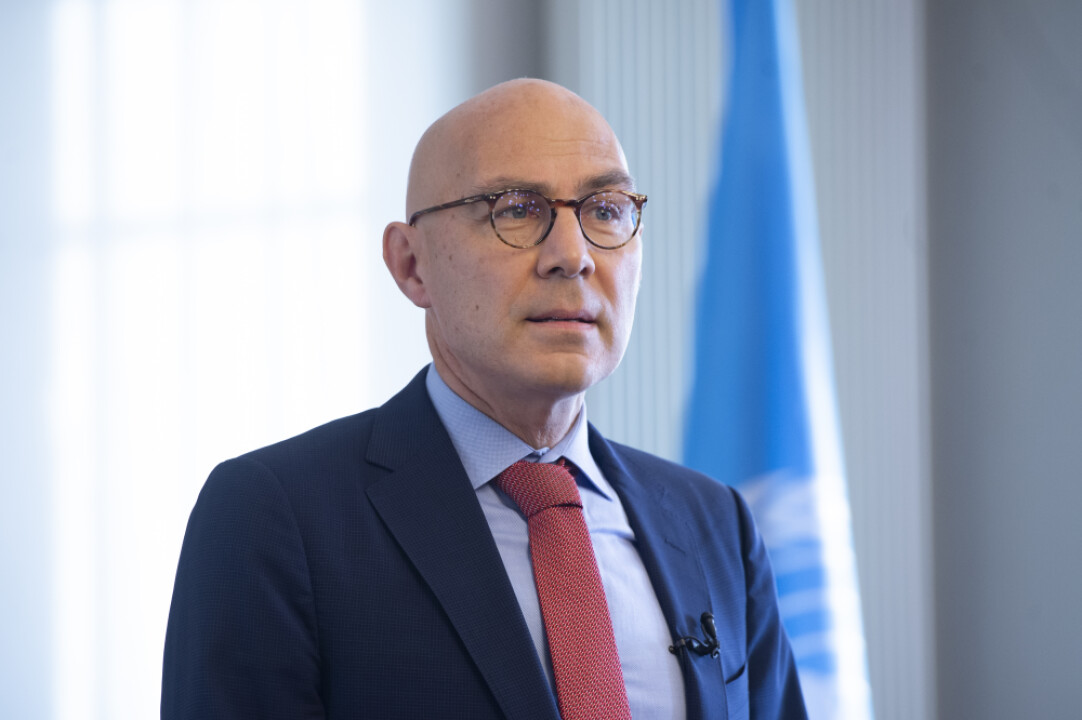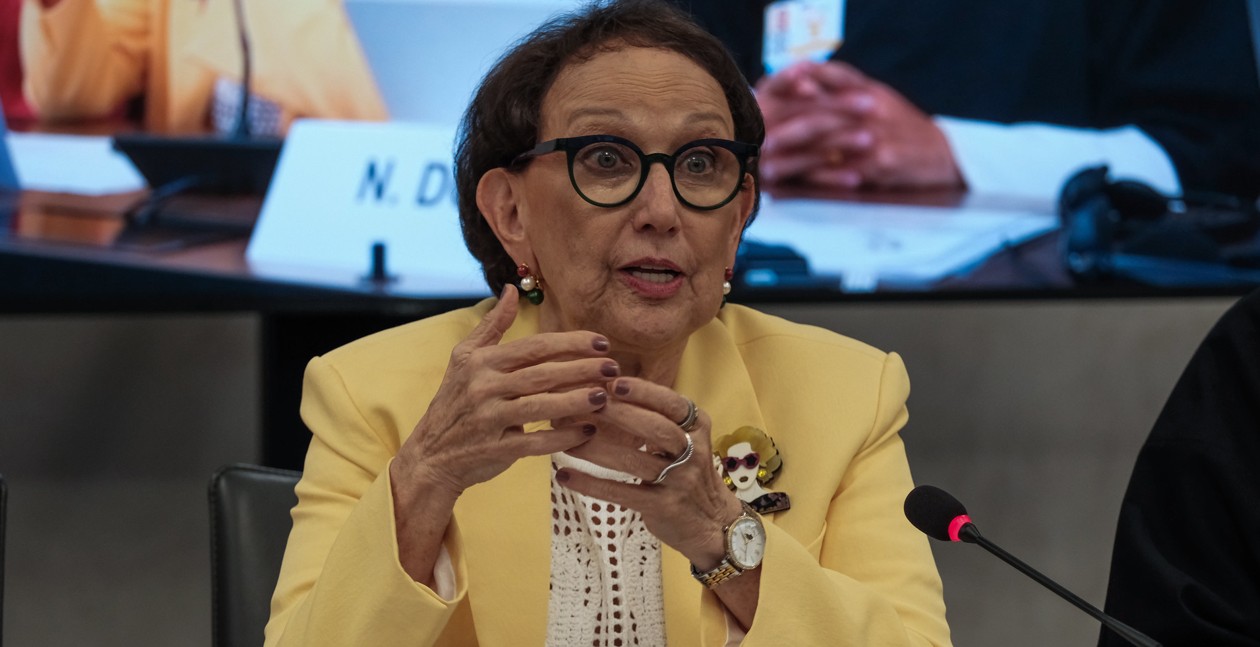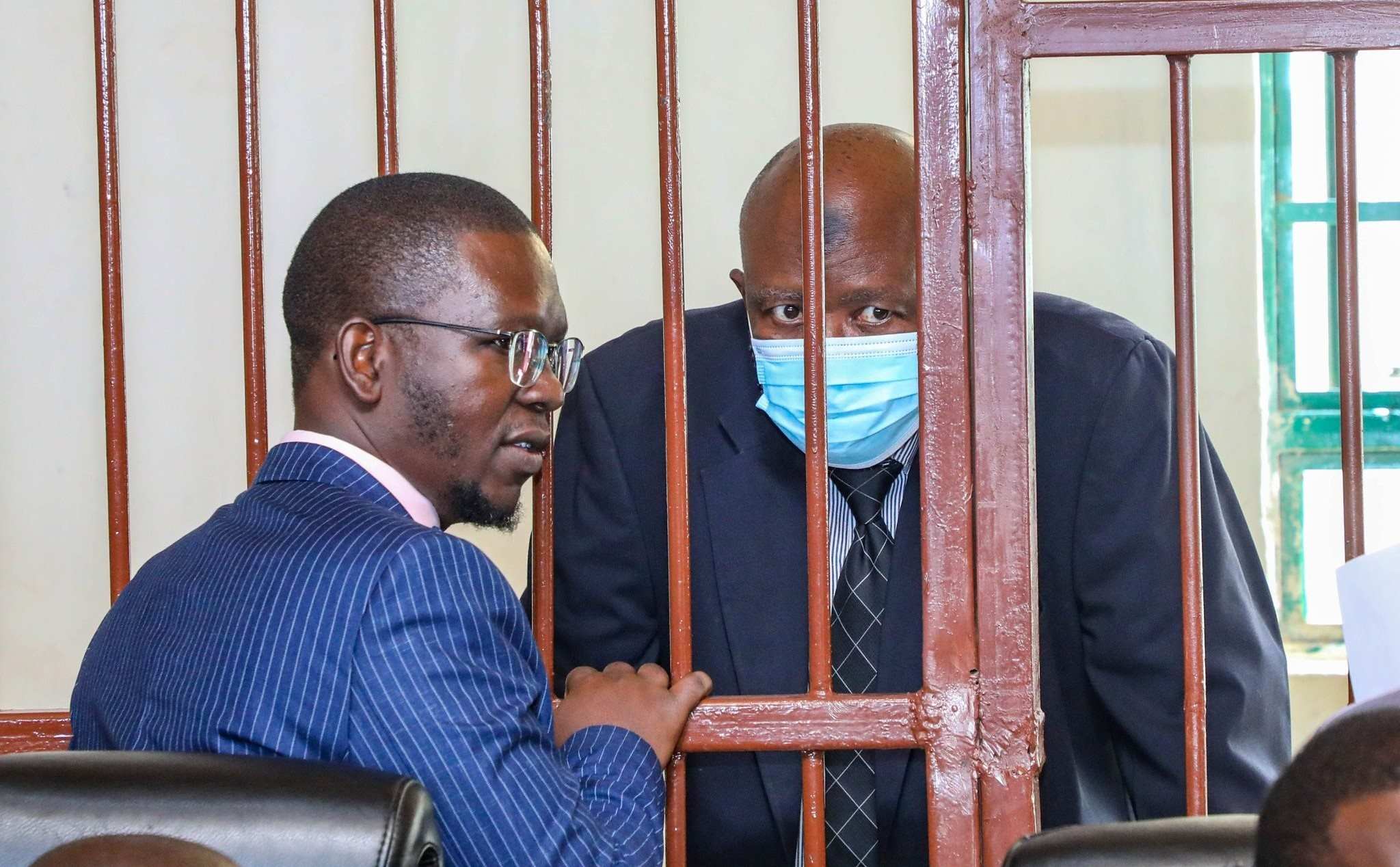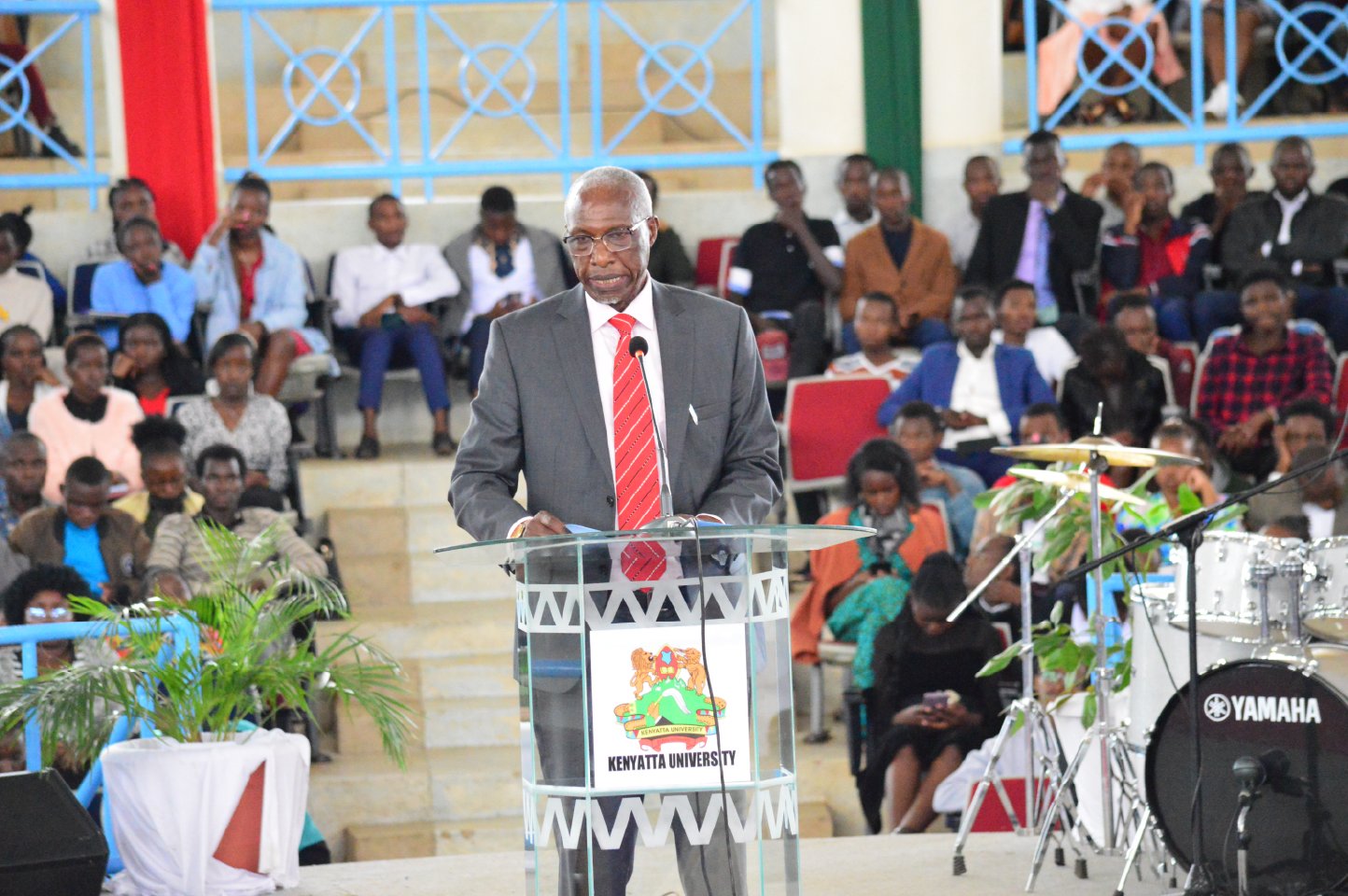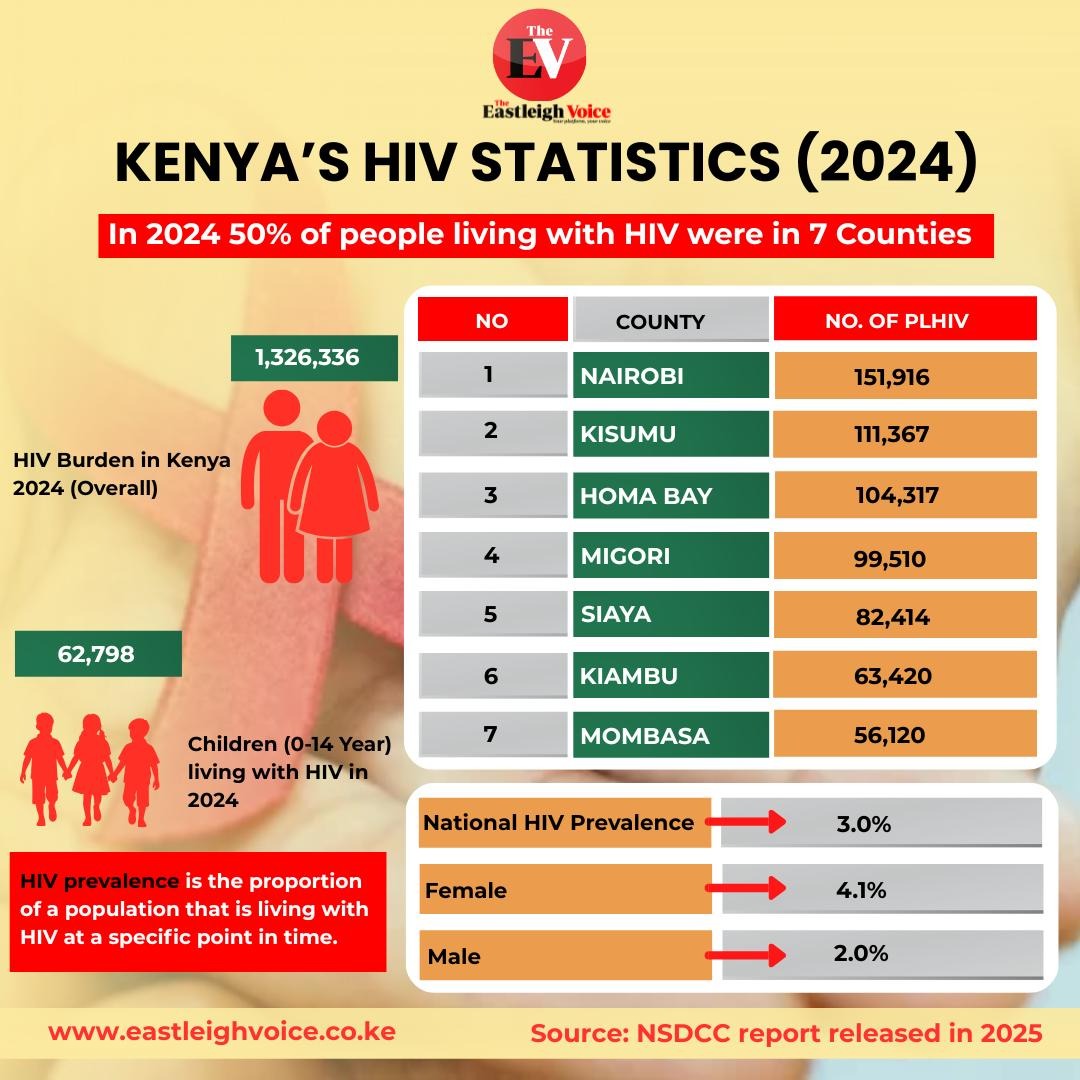Clinical trial offers lifeline for men with recurrent prostate cancer
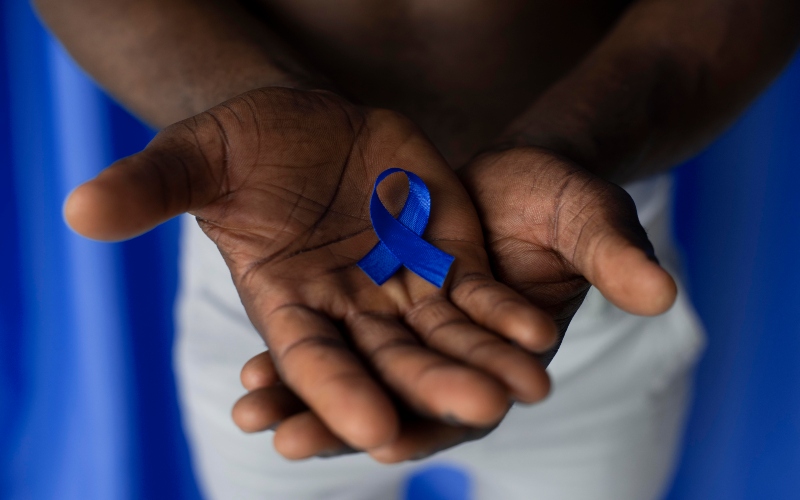
Prostate cancer is a disease where abnormal cells grow uncontrollably in the prostate gland, which is part of the male reproductive system. It is one of the most common cancers affecting men worldwide.
A new drug combination has been shown to reduce the risk of death by over 40 per cent in men whose prostate cancer returns after surgery or radiation therapy.
The findings from an international clinical trial involved more than 1,000 patients at 244 sites across 17 countries. All participants had high-risk biochemically recurrent prostate cancer - a type of cancer that returns after initial treatment but is not yet visible on scans, usually detected only by a rising PSA (prostate-specific antigen) level.
Published in The New England Journal of Medicine, the trial compared three treatment options: standard hormone therapy (androgen deprivation therapy), enzalutamide alone (a next-generation androgen receptor inhibitor), and a combination of both. After eight years of follow-up, patients receiving the combination therapy had a 40.3 per cent lower risk of death compared to those receiving either treatment alone.
More To Read
- Africa’s hidden stillbirth crisis: New report exposes major policy and data gaps
- Born too soon: The hidden burden of preterm birth, fight for survival
- Study shows women under 50 face higher risk of colon growths from ultra-processed foods
- KUTRRH introduces groundbreaking nuclear therapy for advanced prostate cancer
- Governors decry Health Ministry’s move to deny maternity funds to dispensaries
- MPs pass historic Bill regulating fertility treatments and surrogacy
Survival outcomes
Unlike traditional approaches that delayed aggressive treatment until cancer was visible on scans or had spread, the trial showed that starting combination therapy earlier - when recurrence is detected only by rising PSA levels - can significantly improve survival outcomes.
Participants in the study were randomly assigned to receive one of three treatments. One group received standard androgen deprivation therapy (ADT) alone. This form of treatment works by suppressing the male hormone testosterone, which fuels the growth of prostate cancer cells.
A second group received ADT combined with an advanced androgen receptor inhibitor - a drug that blocks testosterone's action at the cellular level. A third group received the androgen receptor inhibitor without ADT.
The group receiving combination therapy - ADT plus the androgen receptor inhibitor - experienced a more than 40 per cent reduction in the risk of death or progression to metastatic disease compared to those receiving ADT alone.
In fact, nearly nine out of ten men on combination therapy were still free of metastasis after five years of follow-up, a much higher rate than the other groups. These outcomes suggest that early, intensive treatment in high-risk patients can lead to longer survival and delay the need for more toxic therapies like chemotherapy.
The finding challenges the older approach with biochemical recurrence.
Historically, many doctors would wait until metastases were visible on imaging before starting aggressive treatment. However, the trial shows that acting earlier - when the only sign of recurrence is a rising PSA - can significantly change the course of the disease for men at higher risk.
If widely adopted, combination therapy could become the new standard for treating men with high-risk biochemical recurrence. This is especially relevant for men with other poor prognostic signs, such as high Gleason scores or a short interval between initial treatment and recurrence.
Importantly, the study found that the combination therapy was generally well tolerated. Most side effects were manageable, and patients reported no major reductions in quality of life. In fact, earlier control of the disease could prevent complications later, such as bone pain, urinary symptoms, and the physical decline that often comes with advanced metastatic prostate cancer.
Prostate cancer risks
According to the World Health Organisation (WHO), several risk factors increase the likelihood of developing prostate cancer.
Age is a major factor, with risk rising significantly after the age of 50. A family history of prostate cancer, especially if a father or brother has had the disease, also raises the risk. Prostate cancer is more common among men of African descent.
Additionally, lifestyle factors such as a diet high in fat, obesity, and lack of physical activity may contribute to an increased risk. Certain inherited genetic mutations can further elevate the chances of developing prostate cancer.
In its early stages, prostate cancer often shows no symptoms. When symptoms do appear, they may include difficulty urinating or a weak urine flow, frequent urination, particularly at night, pain or burning during urination, and the presence of blood in urine or semen.
In cases where the cancer has spread, pain may occur in the lower back, hips, or pelvis, and erectile dysfunction may also be experienced. The WHO emphasises that these symptoms can be caused by other non-cancerous conditions as well, so medical evaluation is important for accurate diagnosis. Early detection through screening can greatly improve treatment outcomes.
Globally, prostate cancer is the second most common cancer among men. In 2020, there were approximately 1.4 million new cases and 375,000 deaths from the disease. Projections suggest that the global burden of prostate cancer could nearly double by 2040 if current trends continue.
In Kenya, prostate cancer is the leading cancer among men, with between 2,800 and 3,400 new cases diagnosed each year.
However, screening remains low, with fewer than 11 per cent of men over age 40 ever having undergone a PSA test. As a result, many cases are diagnosed at advanced stages, limiting treatment options and outcomes.
Top Stories Today



